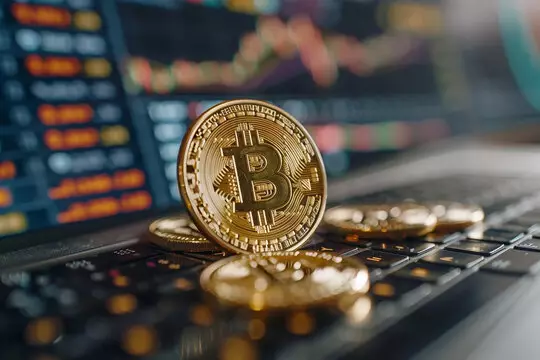In recent months, Bitcoin has found itself in a turbulent market, with significant fluctuations in price that have left both analysts and investors uneasy. The narrative surrounding Bitcoin often dances between themes of hope and despair, leading many to eager conclusions. However, the moment Bitcoin enters oversold territory—a situation that is being touted as an opportunity—one must tread carefully. Analysts like Quinten and Dr. Cat have been vocal, but their diverging views highlight a critical misconception that fundamentally alters how we interpret market signals.
The secret lies beneath the surface; oversold levels, which may seem like a beacon of bargain-hunting potential, often indicate deeper issues. Dr. Cat’s assertion that being in oversold conditions is “super-bearish” challenges the typical bullish sentiment usually tied to such markers. Understanding the misinterpretation is essential in avoiding the pitfalls of bullish euphoria.
Decoding Dr. Cat’s Insights
Delving into the analysis of Dr. Cat reveals a methodical approach rooted in mathematical and statistical analysis. Oscillators, the indicators used to identify oversold and overbought conditions, inherently possess limitations. While the reader may often hear that Bitcoin is oversold and a good buy, this statement could be misinforming. Dr. Cat states that once an oscillator enters oversold conditions, it reflects a period of extreme bearish activity where negative sentiment reigns. This should not be overlooked, as many investors appear to misunderstand the implications.
When the market sentiment becomes overwhelmingly negative, selling pressure intensifies. Hence, the notion that buying into an oversold market automatically brings returns challenges the prevailing optimism within the crypto community. Instead, one should consider the possibility that prices can continue to falter long after reaching oversold statuses.
The Consequences of Misleading Signals
With the constant shifts in Bitcoin’s price, a call to buy based on oversold signals could entice many. Yet, the reality is that lower prices may lay ahead. While speculative trading can yield gains, Dr. Cat provides a stern warning: buying an assets deemed “oversold” without the consideration of broader market dynamics is tantamount to gambling. Many altcoins currently find themselves in the same boat, demonstrating that just because something appears undervalued doesn’t mean a reversal is imminent.
For those invested in cryptocurrencies, this presents a precarious dilemma. Market euphoria may cause investors to ignore the fundamental underlying concerns highlighted by prominent analysts, leading to catastrophic losses. This misguided enthusiasm reinforces the cyclical nature of crashes—one that often repeats due to public sentiment favoring optimistic but uninformed decisions.
The Reality Behind Supply and Demand
Current data from CryptoQuant’s Ki Young Ju further exacerbates the bearish narrative surrounding Bitcoin. With supply outweighing demand, conditions become ripe for a continued downtrend. This imbalance is crucial for any market observer to understand. If holders are offloading Bitcoin rather than entering the market as buyers, this trend begs the question: how far can prices realistically decline? Simply put, those who only focus on current price levels devoid of contextual understanding of supply dynamics, risk falling into a trap of false confidence.
Recent sales totaling over 29,000 BTC by whale accounts paint an even bleaker picture. The sell-off indicates that significant holders are capitalizing on the temporary surge, hinting that the bearish sentiment might not just be a passing phase. The warning signs are glaring, and ignoring them can leave retail investors vulnerable.
Rethinking Market Psychology
As we examine these developments, a pivotal notion arises—market psychology can often overtake economic fundamentals. In times of uncertainty, irrational exuberance may lead to an enduring belief that market downturns are mere consolidation phases. Nevertheless, this was the narrative leading into prior market collapses.
The notion that oversold conditions herald a turnaround must be re-evaluated in light of fluctuating macroeconomic factors and the unique characteristics of the crypto market. Dr. Cat rightly emphasizes a cautious approach, reminding investors not to amplify their optimism with baseless assumptions around overbought and oversold terminology.
The crypto landscape, defined by volatility, presents myriad risks that demand savviness and prudence. Whether Bitcoin reaches new heights or declines remains to be seen. But one thing is certain—those undertaking to find assurance in oversold levels should reconsider the potential outcomes, grounded in a more sobering interpretation of the market’s current reality.


















